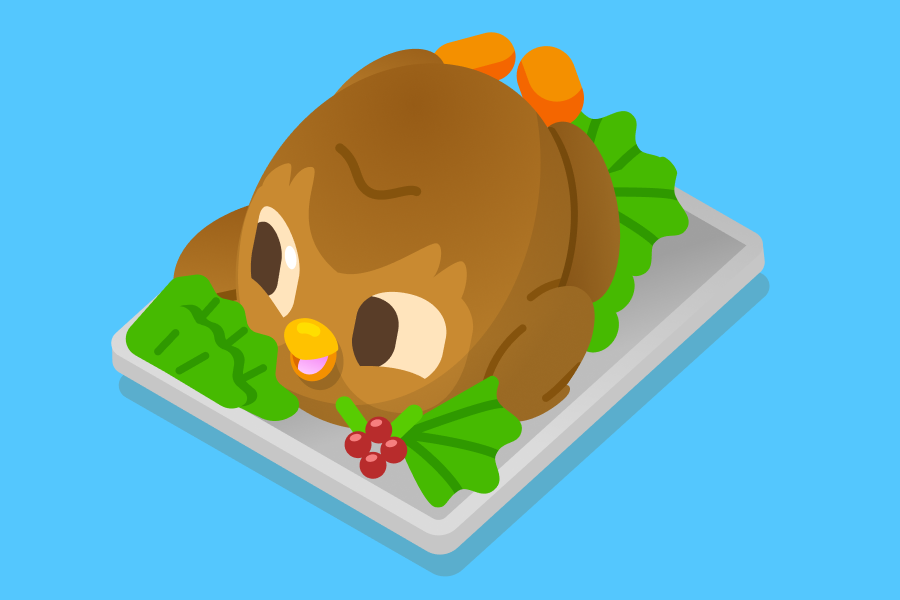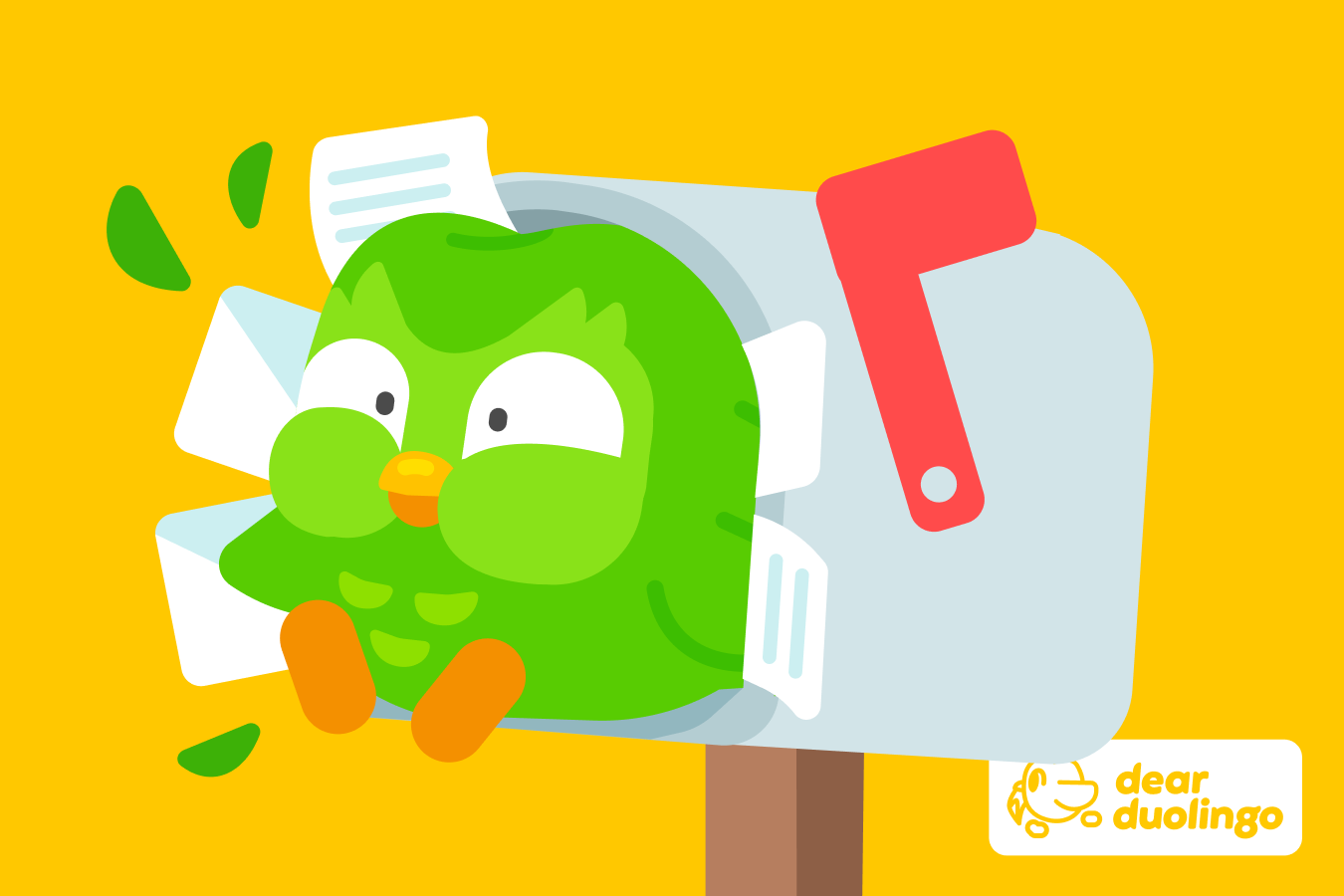This time of year, many of us are gearing up for a calendar chock-full of traditions: Maybe it's finding a generic gift for the office grab bag, singing along to songs you don't entirely understand, or preparing an elaborate meal for family you see once a year. But where do these holiday traditions come from? How did we develop so many rituals that survive centuries—and why do we care about them so much?
Let's follow the journey of one particular holiday to understand the power of traditions: U.S. Thanksgiving, and its iconic turkey centerpiece.
A holiday is born, sort of
If you came up through the U.S. public school system, you probably already have a guess about how Thanksgiving got its start: We eat turkey and all our favorite sides because that was what was eaten at the first Thanksgiving, which was a harvest celebration shared by the Wampanoag and the Puritan settlers of the Plymouth Colony in modern-day Massachusetts. They called it Thanksgiving because they were giving thanks for not having starved to death that year. (In the U.S., we learn this story at the same time we learn to draw a turkey by tracing the outline of our hands.)
But you'd be right to be somewhat suspicious of this narrative: There's the devastation wrought by the Puritans on Native American communities, but our modern-day Thanksgiving was mostly retro-fitted to match the developing narrative about our origin story. And if you do some digging, you find that there’s no mention whatsoever in the historical record of turkey even being eaten at the first Thanksgiving: Instead, there’s a description of the feast consisting of roasted meat, but also deer and shellfish. It’s also a leap to go from some folks in the 1600s ate some turkey one time to on the fourth Thursday of November we eat 46 million turkeys in the United States alone.
So how did Thanksgiving get associated with so many specific traditions, especially when it comes to the menu?

Gratitude goes federal
Throughout American history, many "Days of Thanksgiving" have been declared—but not to commemorate the Plymouth Colony feast. Instead, they celebrated things like the adoption of the Constitution or the end of the War of 1812. These days were just intended to be days where people reflected on their good fortune! No one came with an expectation of candied yams or pumpkin pie—it was just a day off work to be thankful.
Throughout the 1800s, some states had established their own Days of Thanksgiving, some in October, others in February, and many (especially Southern states) didn’t have a day of Thanksgiving at all.
This changed in 1863, while the nation was in the thick of the Civil War. An author and activist named Sarah Josepha Hale had long held the idea that a national Day of Thanksgiving would bring together the less-than-United States, providing them with a tradition that would help to bind the North together with the South. And she finally convinced Abraham Lincoln, who established the Day of Thanksgiving on the fourth Thursday of November.
But all of this raises another question: Why would a holiday heal national divisions? It’s not like everyone, Northerners and Southerners alike, were sitting down together to hash out their differences. How could pumpkin pie and stuffing bring together a nation?

Traditions bring us closer
What a unified, national holiday could do was develop our sense of imagined community. This idea was first presented by historian Benedict Anderson, who pointed out that plenty of communities are so large that there's no way members could all know each other—and yet they can still feel like part of the same group.
Take Duolingo, for example! There's no way *you* can know everyone on Duolingo, and yet, when you hear the ding-ding! of a correct answer out in public, you probably look around to see who's on their phone. You feel like you have a kinship with them, even though they're a stranger—because they belong to your imagined community.
And what fuels an imagined community—what feeds into our sense of kinship—is things we have in common. The things we hold in common might, at times, be shared passions (such as language, math, or music), and at other times, it might be common beliefs, stories, or traditions. This is why Sarah Hale pushed for a Day of Thanksgiving as something to bind the nation together: She saw shared gratitude-giving as a way to strengthen the bonds of the community.
Traditions can inspire gratitude
Traditions strengthen our feeling of belonging to our abstract, imagined communities, and even if they cause us stress, fighting with our neighbors over the last bag of cranberries or doing a panicked, late-night lesson to keep a streak alive gives us a sense of real connection.



